From the very first days, when I was 12 years old, when I first came to art school, our teachers paid a lot of attention to the layout of the drawing. First-graders in our art and the words of something like that have not heard before, and then almost every lesson only heard: "the right layout", "correctly fit into the dimensions", "Golden section". Not drawing, and clear cutting verbal Abracadabra!
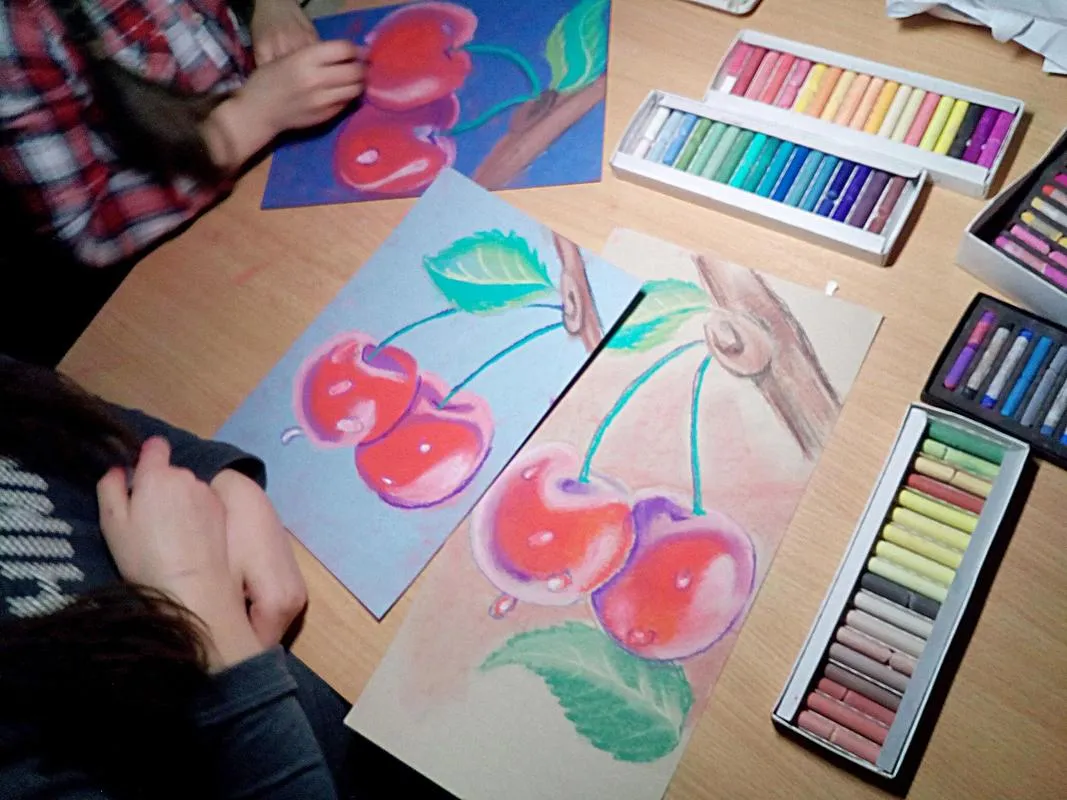
Many children listened to the teacher in confusion, and did not immediately understand what was required of them. Only after some time came the realization of many laws and rules, which in the first year of training we had to learn a lot.
I was luckier than others. I went to drawing already quite prepared student, as a whole year before school went to the circle of fine ARTS, besides I got a scarce at the time book on learning drawing, which read with great interest, and even tried to do it a few lessons at home, preparing for exams. In General, about the layout I then knew a little.
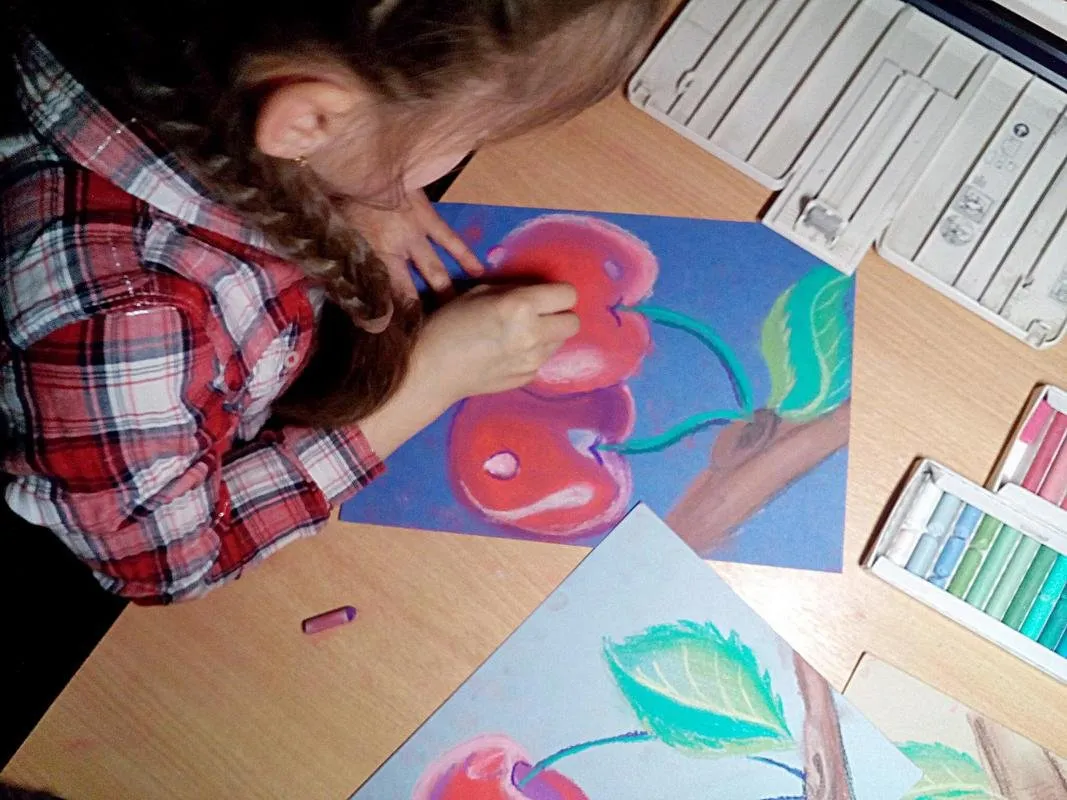
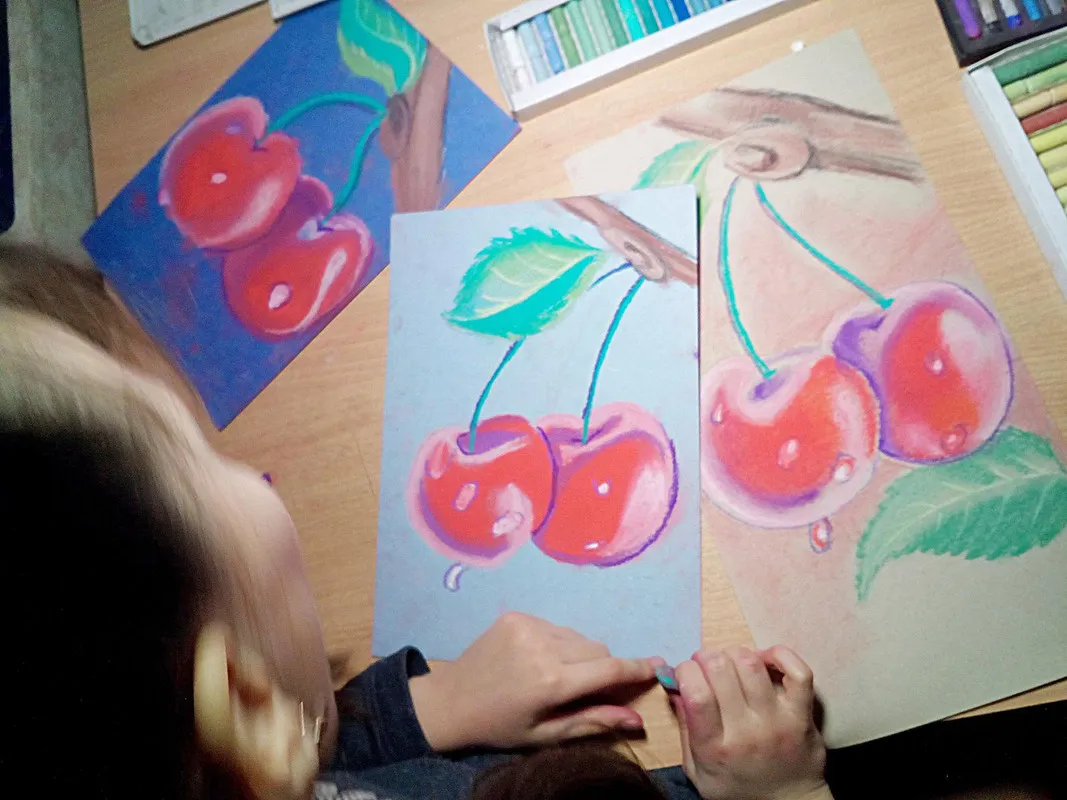
Have you ever thought about why the ratio in the picture of its sides is about 2:3?
The theory of composition goes back to the distant human past and is based on a relatively simple understanding of the properties of visual human perception. You can conduct a series of experiments on your own to better understand the meaning of what was said.
Take a piece of paper and draw a circle on it. Immediately the first question arises: where to draw a circle? In the center, at the edge, above or below the center of the sheet? And how to make this object? On the whole sheet of paper, small, or tiny?

Conventionally, our circle is the area of the Central figure of the figure. Even in ancient times, artists, architects and sculptors have noticed one important feature: if the image is too small or exactly in the center of the view, or too shifted to the edges of the selected area, our vision begins to "protest". "Why?"- you ask.
Try to spend a few sheets and draw circles of different sizes, combining them in different places on the paper. Which image do you like best?
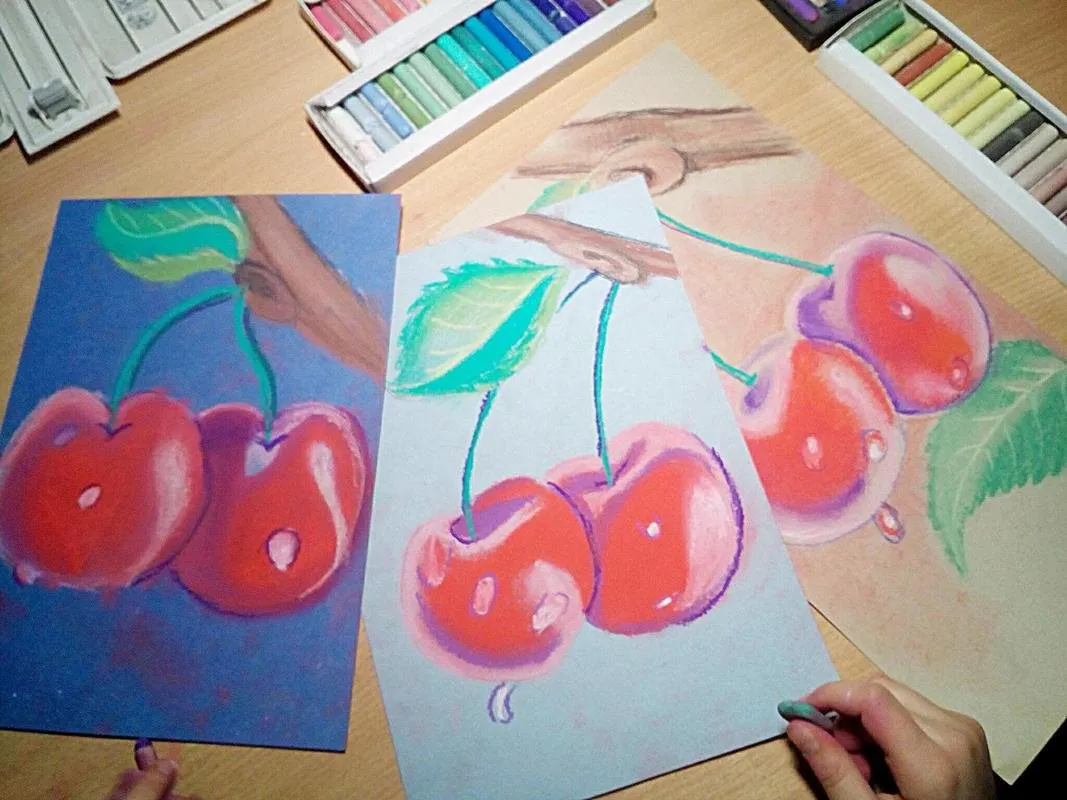
I am sure that not everyone will be able to assess the complexity of the task and get the right answer. To do this, you need a long time to try and try different options. On the solution of this issue you can take more than one hour.
In the end, your vision will still tell you that the optimal place in the composition is to the right or to the left of the center, but not at the edge. And even better, if the conditional drawing is located above or below the horizontal Central axis of the sheet. Ideally, the Golden ratio of the center is just about 2: 3.
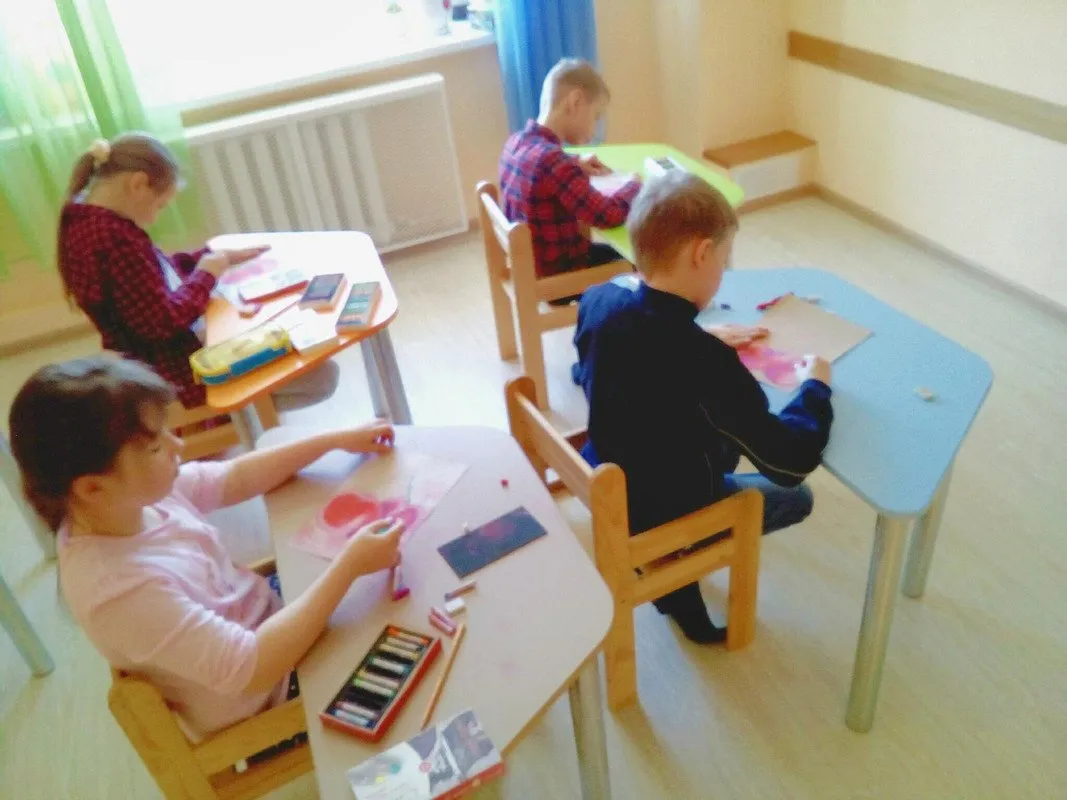
"But why?"you will be surprised Wouldn't it be more correct to choose the Central part of the composition for our still life or portrait? Turns out not. Look at mandala. Perhaps, the geometric pattern inscribed in a square is the only exception to the rule. But there are good reasons for that.
The task of such images is to concentrate attention. To make a meditating person look at one Central point. But in art galleries we visually rest. We do not come there to strain our vision, but rather to relax.
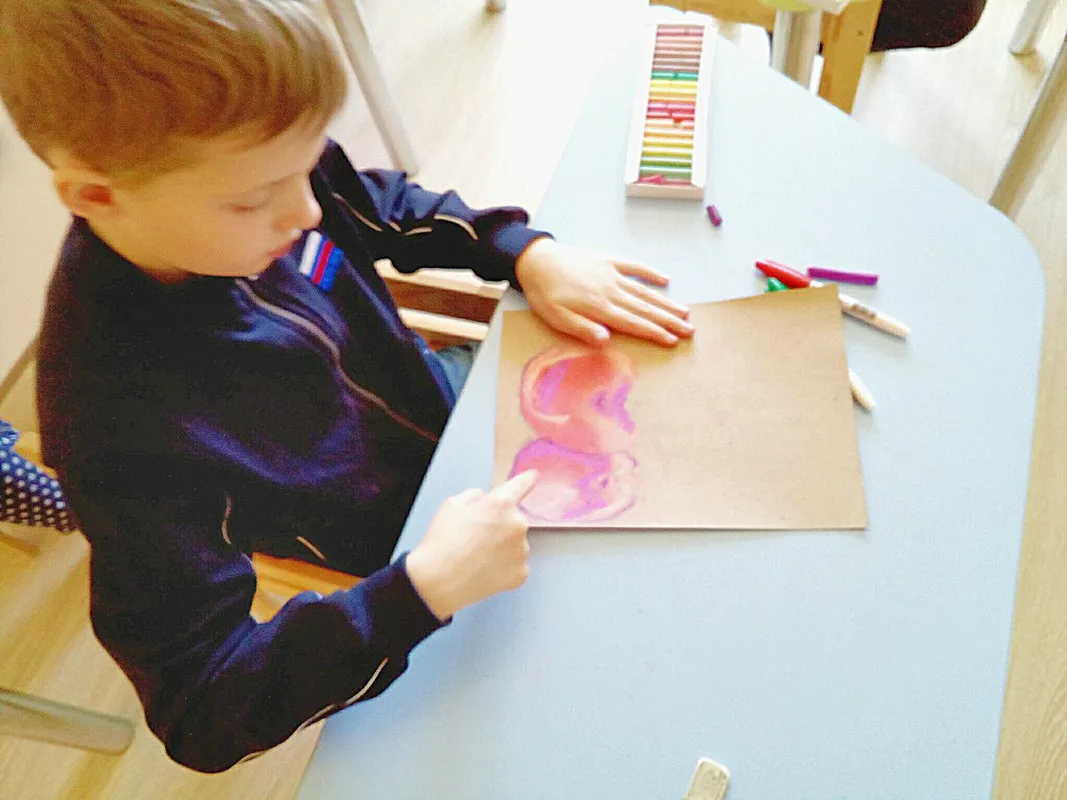
The same task for works of art, which are placed and hung in houses and apartments. We like to casually look at the still life or portrait slightly side vision, "bathe" your eyes, looking at the picture or sculpture. Our consciousness remains fluid and does not cling to the exhibited work, but feels harmony in relation to the rest of the world.

When I draw with children, I always ask students to do a few simple things: try to draw large enough that the sheet area is used optimally, and that they follow the dimensions of the drawing and do not get out of the edges. Here is a difficult task-to draw not large and not small.
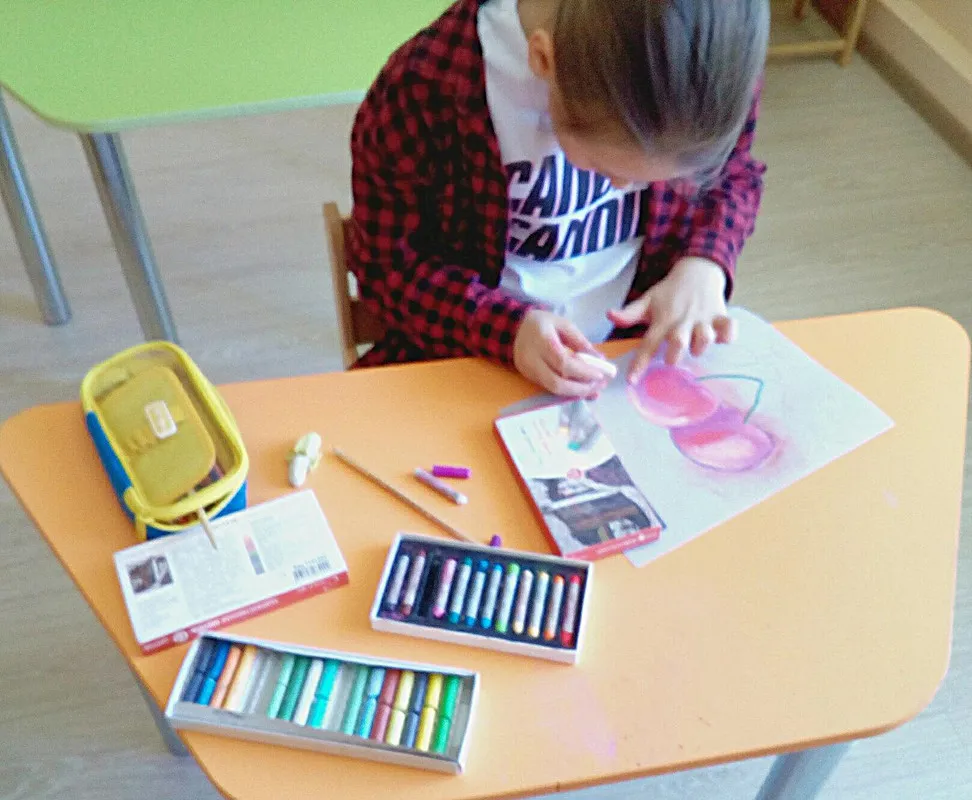
Drawing cherry pastel, it is difficult to perform such a task. If I hadn't sat down to draw with the students, I'm sure they would have made the berries too small. This is because the perception of the child is not yet ready for the huge open world around him. Subconsciously, a small artist is simply afraid to spoil something or afraid to "go beyond" the usual.
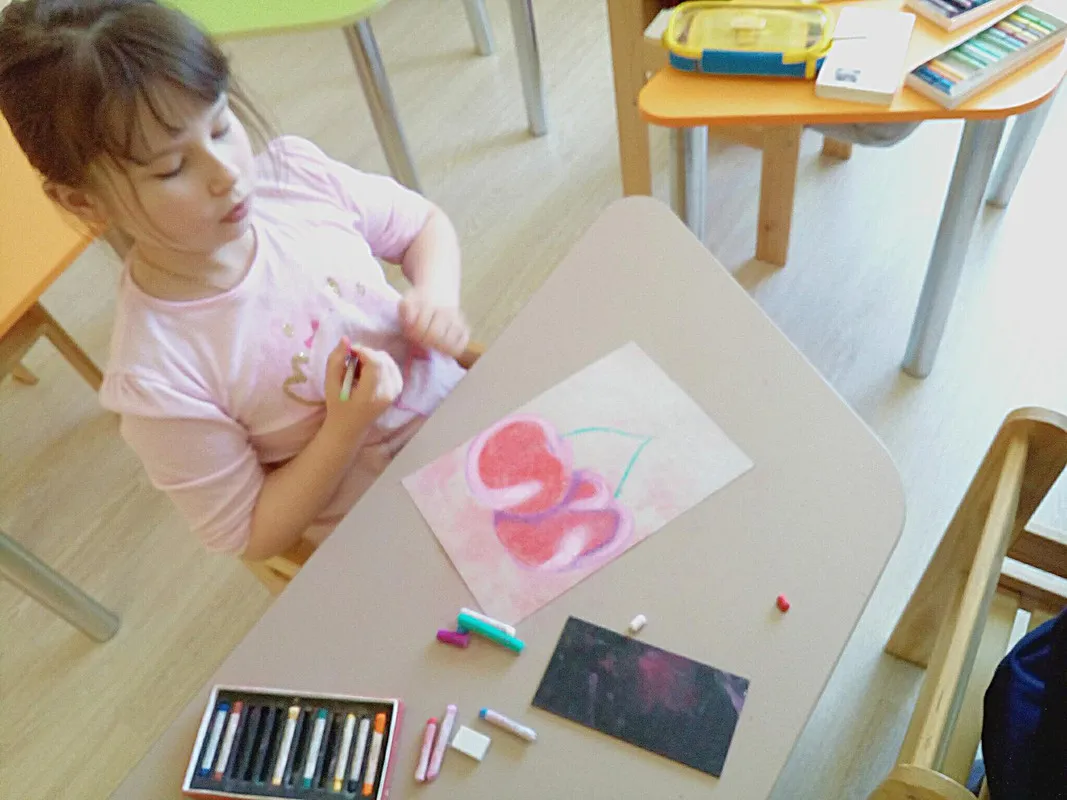
Another difficulty was just that when the layout children do not overdo it, and carefully watched that they got everything into the sheet. In some places in the pictures just can be seen that, fascinated by large berries (that's freedom!), the students did not take into account the length of the cuttings, so the thicker branch they barely fit in the figure.
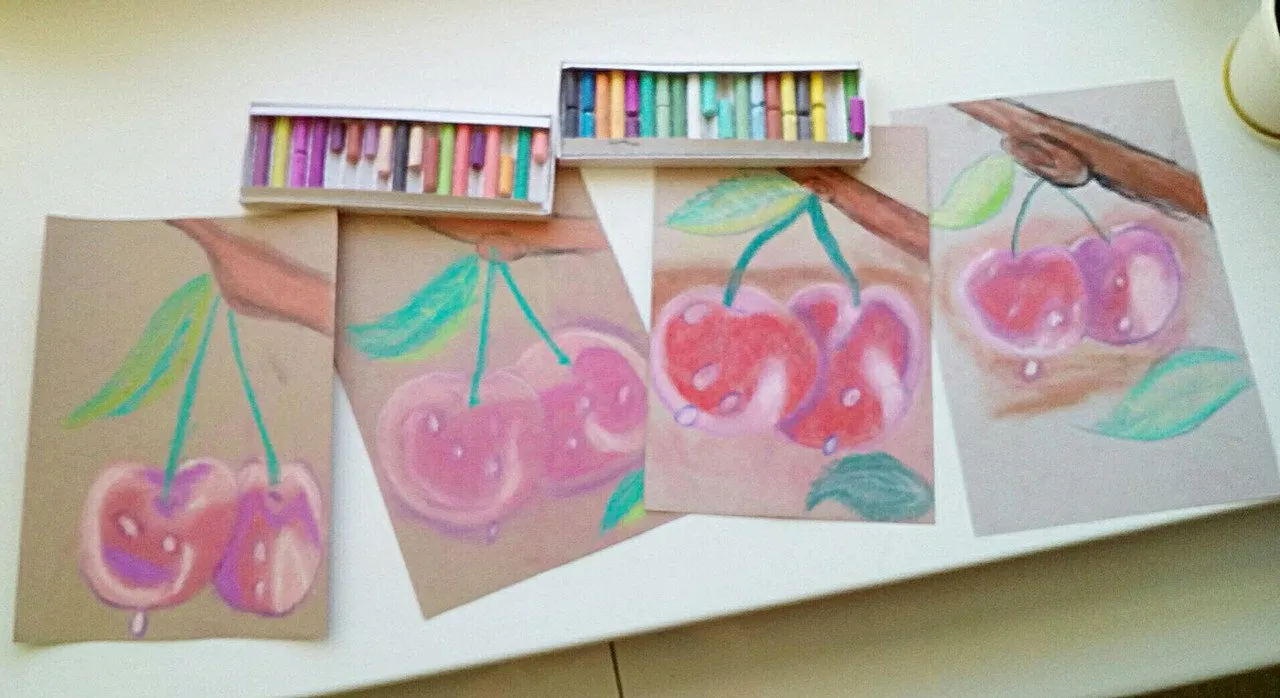
Of course, telling 7-9-year – old children about the theory of the Golden section and the rules of the layout is not an easy task. And they do not need it at this age. Everything should be done gradually, as if within the game. So far I do not have a very clear idea how to do it 100%. But I try, and experiment carefully. I'm sure sooner or later they will understand everything correctly.

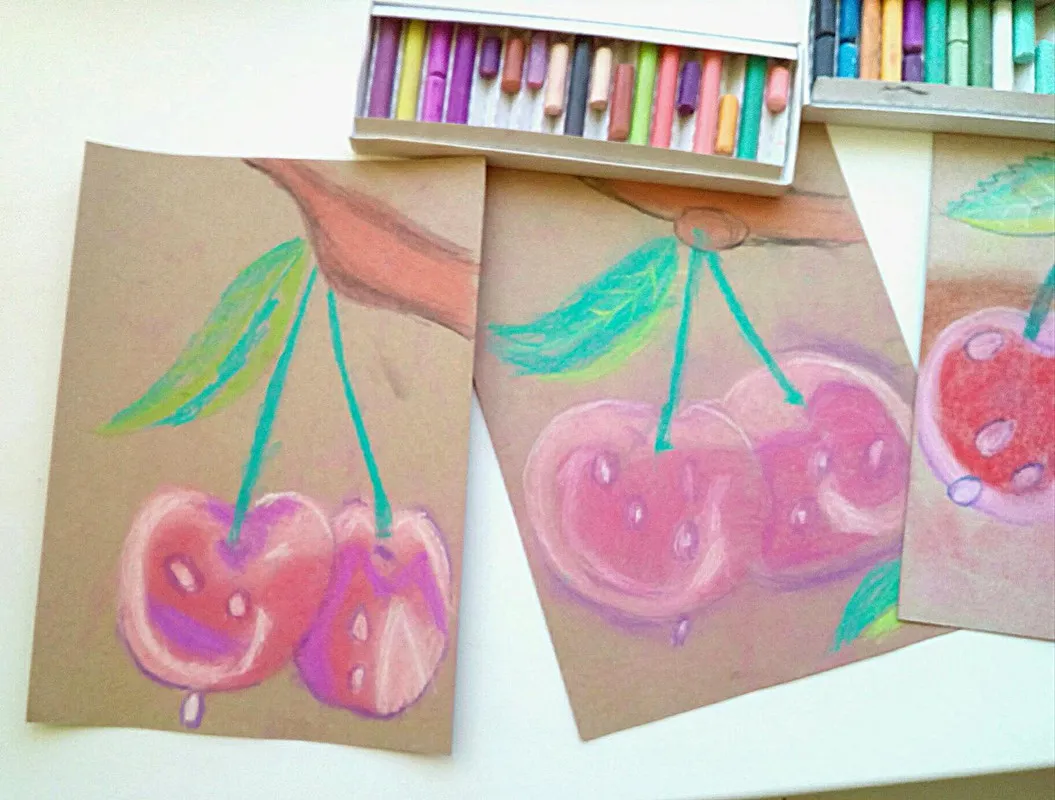
In General, the children did a good job. Maybe it seemed not very difficult to them, because we did not move the cherries to the left or right. Let's start with this. After all, not all at once. No need to overload the child's brain, pouring them a lot of information at a time. But in the next lesson, their internal memory is better tell them that when linking is not necessary to granulate the image. And the understanding of all other rules will come gradually.
The article used the illustration of works by students from school of the author